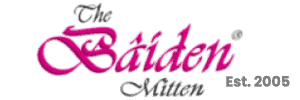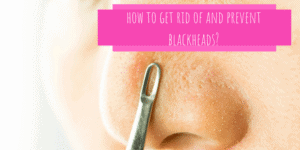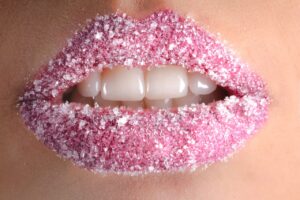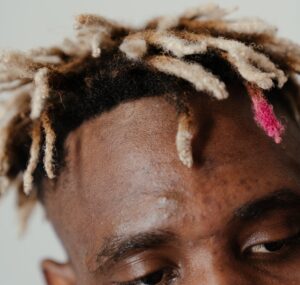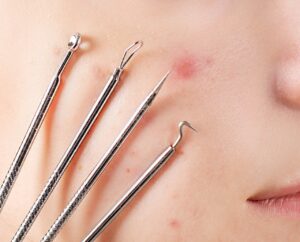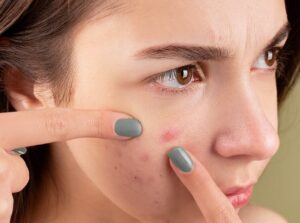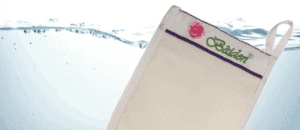
Table of Contents
Facial flushing is a common problem affecting up to one third of people.
This article explains what causes it, how to identify it and how to treat it effectively.
The term “flushing” refers to the reddening of the skin caused by increased blood flow to the surface of the skin. This usually happens when someone becomes nervous or anxious.
There are many reasons why people blush, such as being embarrassed, feeling shy, having cold hands, feeling hot, and even having too much sun exposure.
Some people experience flushing when they feel stressed out or angry.
Persistent facial redness can be caused by a number of different factors; it can be either physiological or pathological.
Physiological causes include sunburn, heat exposure, emotional states such as nervousness or excitement, exercise or fever.
Pathological causes include allergic reactions, infection, inflammation, vasculitis, drug use, liver disease, thyroid dysfunction, urticaria, eczema, psoriasis, lichen Rosacea and Keratosis Pilaris Rubra Faceii.

Rosacea
Rosacea is a common skin disease characterized by facial redness, small bumps and pimples, and sometimes swelling around the nose and cheeks.
Flushing, redness and burning sensations are also possible symptoms.
Although, according to mainstream health system there does not seem to be a cure, treatments can include topical medications, laser therapy, light therapy and oral antibiotics.
The most common form of rosacea is called papulopustular rosacea.
This type of rosacea causes flushing and persistent redness around the nose and cheeks. Flushed skin may look like small pimples or pustules.
These are usually itchy and painful. They tend to come and go over time.
Another type of rosacea is ocular rosacea. Ocular rosacea causes burning, itching and swelling of the eyelids. If you have ocular rosacea, you may notice red eyes.
You may feel fine one day, and then suddenly develop symptoms the next.
A third type of rosacea involves what we call rhinophyma.
Rhinophyma causes thickening and hardening of the nose.
There may be crusty patches on the nose, very dry skin and there may be bleeding under the nose.
Apart from many treatments for rosacea, including topical medications, lactic acid, salicylic acid, light therapy and oral antibiotics, sometimes people find that keeping up good hygiene also can help prevent flare ups.
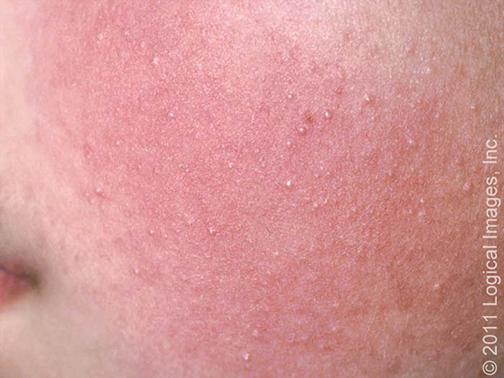
Keratosis Pilaris Rubra Faceii
This variant of Keratosis Pilaris is called Keratosis Pilaris Rubra Faciei (KPRF).
KPFF is characterized by small, rough patches of thickened skin on the top of your forehead, rash on cheeks, nose, chin, jawline, neck, chest, back, shoulders, buttocks, thighs, knees, calves, ankles, feet, hands, fingers, toes, and scalp.
These areas may also feel warm to the touch. In addition, these areas can itch, burn, tingle, sting, or hurt.
The bumps can resemble chicken skin with bumps showing up in the area of hair follicles.
Although KPFF is not dangerous, it can cause embarrassment and make you feel unattractive.
Itching and stinging sensation can be very uncomfortable. When this condition occurs in children, it can interfere with their ability to learn at school.
Mainstream treatment options for KPFF include topical creams, lotions, and gels, anti inflammatories, along with prescription-strength steroids as well as laser treatments.
Holistic treatments for Rosacea and Keratosis Pilari Rubra Faceii
If you have exhausted medical treatment plan for your medical conditions and found them not as effective as you would want them to be to treat your bumpy skin, you might want to try a more holistic approach, which can bring you relief.
However, since natural therapy treatments concentrate more on fixing the problem rather than just alleviating the symptoms, you must be aware that the protocol might require you more than just taking pills or applying creams.
It is common that you might have to make changes in your lifestyle such as dietary changes and/or behavioral changes such as getting more sleep.
For example, many people report that changing your diet to eliminate dairy products and to include more organic, raw fruit and vegetables can alleviate even the worst chronic skin conditions very quickly.
It is especially swift on a fully raw diet, where many people report huge changes in almost every skin condition starting with acne, rosacea KP and even more serious issues such as psoriasis and shingles.
The internet is full of testimonials of people describing their journey with raw foods as well as various natural remedies.
Baiden Mitten can also help alleviate some not so common skin conditions associated with Rosacea and Keratosis Pilari Rubra Faceii, however, you must keep in mind that with so much skin sensitivity, the condition will likely get worse before it gets before it gets better as your skin will need to detox.
So, if you choose to use Baiden Mitten, which will work for all skin types, as part of your holistic approach to your condition, please, start very gently and make sure you combine it with dietary and/or environmental changes (such as changing your personal hygiene products to all natural, gentle skin care products) otherwise the effects on your skin bumps will be limited.
 SHIPPING WORLDWIDE
SHIPPING WORLDWIDE